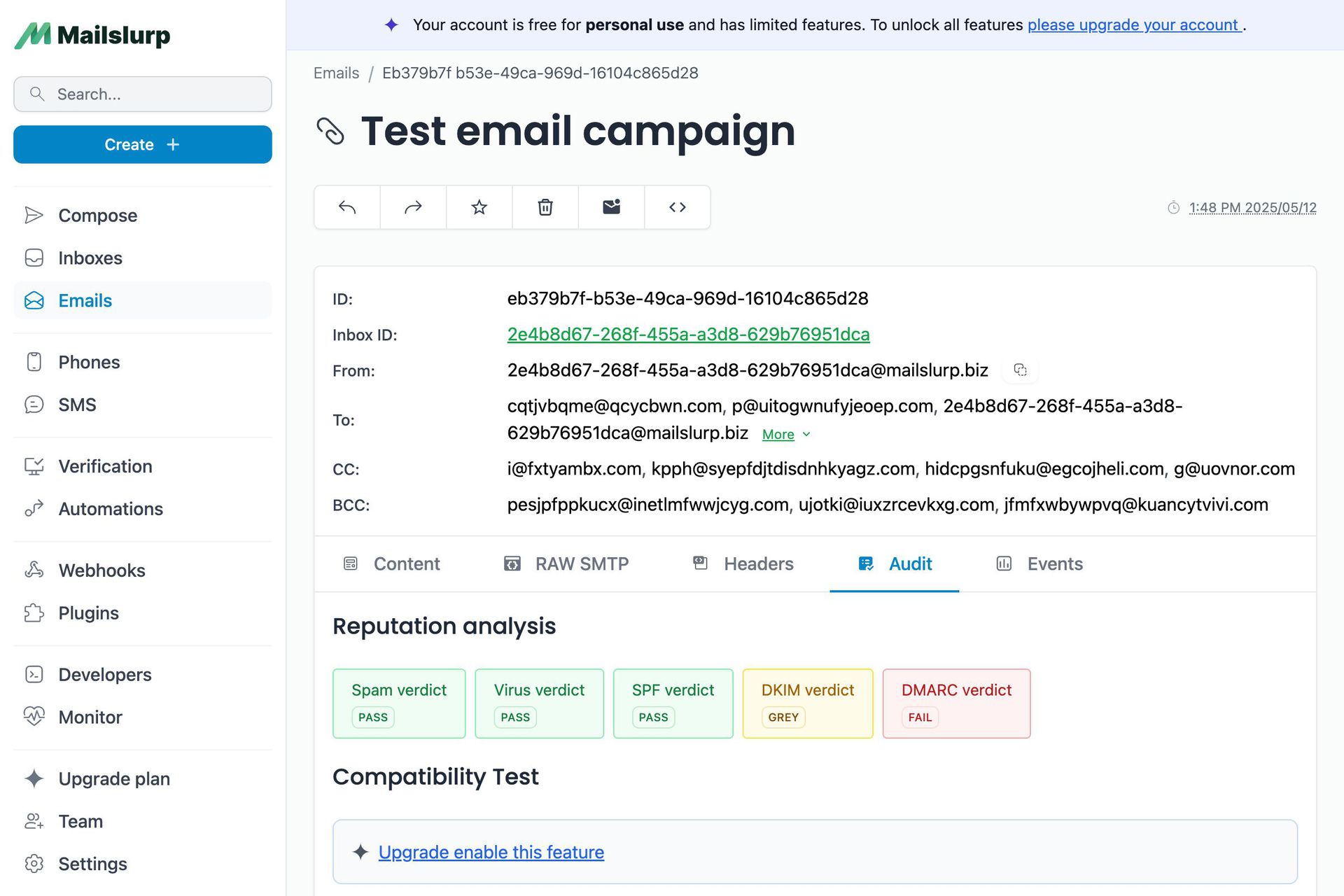Videos
Check out our tutorial video series.
Email forwarding API for automatic email proxy. Setup auto-forwarding email aliases to mask a real email address.
Email aliases let you hide an email address behind any number of generated alternative addresses that forward incoming messages to your real inbox.
Your email address is a critical component of your online identity. Here are key reasons to safeguard it:
Your email address is often used as a unique identifier across the web for your online presence, linking to your social media accounts, shopping websites, and other online services. By protecting your email address, you can minimze the personal information available online, reducing the chances of being tracked or targeted by unauthorized parties.
Once your email address is available online, it can easily be added to spam mailing lists. This can result in an overwhelming amount of unwanted emails, which can be frustrating to deal with. By keeping your email address private, you can reduce the likelihood of receiving spam emails.
Phishing scams are designed to trick you into divulging sensitive information, such as passwords, personal information or financial details. Attackers often use fake emails or websites that appear to be legitimate, but are actually designed to steal your data. By safeguarding your email address, you lower the risk of encountering these deceptive attacks.
Your email address is closely tied to your personal and professional identity. If it gets compromised, there’s a risk of malicious messages being sent in your name, which could harm your reputation and relationships. Keeping your email address private ensures that you remain in control of your communications.
By protecting your email address, you maintain greater control over your online footprint. This allows you to manage your accounts more effectively, control what information is publicly accessible, and prevent others from misusing your identity.
An email alias is an alternative email address that forwards all received messages to a designated primary email address. This feature helps you keep your actual email address hidden, adding a layer of privacy and security to your online activities.
Automate email forwarding with our powerful API. Easily set up auto-forwarding email aliases to securely mask your real email address, enhancing privacy and protecting your inbox from unwanted exposure.
You can easily manage these aliases through API, SDKs, or directly via a user-friendly dashboard. This flexibility allows you to create and manage multiple aliases depending on your needs.

For security reasons, each alias must be manually verified before it becomes active. If the primary email address associated with the alias hasn’t been validated previously, you’ll need to go through a simple verification process to ensure everything is set up correctly.

Here’s a practical example of how you can use email aliases with the official Javascript SDK and Jest.
Then to receive the emails:
Email aliases aren’t just about privacy—they also offer enhanced functionality:
For more information see the developers page.
Using an email alias is a smart move for anyone who values privacy and security online. By masking your primary email address with an alias, you can prevent spam, protect your identity, and add an extra layer of security to your digital life. Whether you’re signing up for new services or managing multiple online accounts, email aliases provide a simple yet effective way to maintain control over your online presence.
Check out our tutorial video series.
Email and SMS guides for automation and testing.
View github project code for multiple languages.
Latest posts from the MailSlurp team.
Test, build, and automate messaging with a free MailSlurp account.
